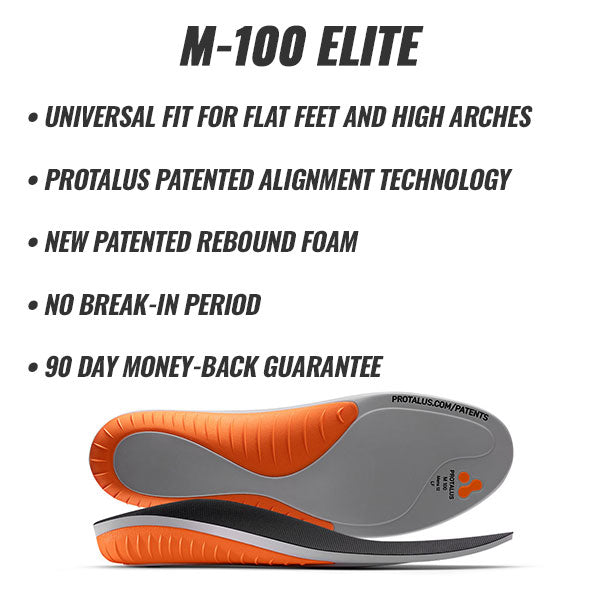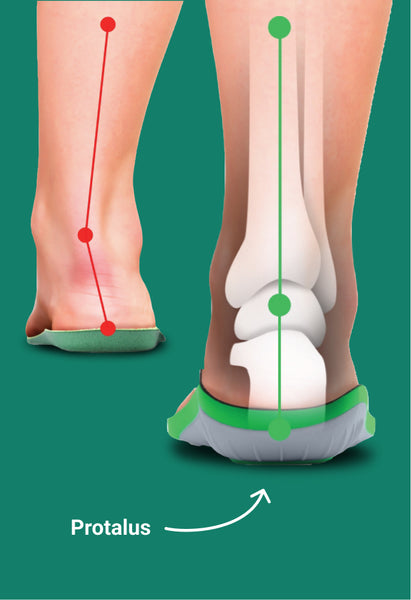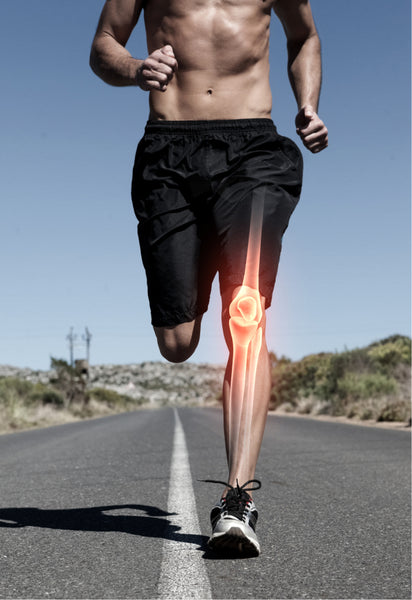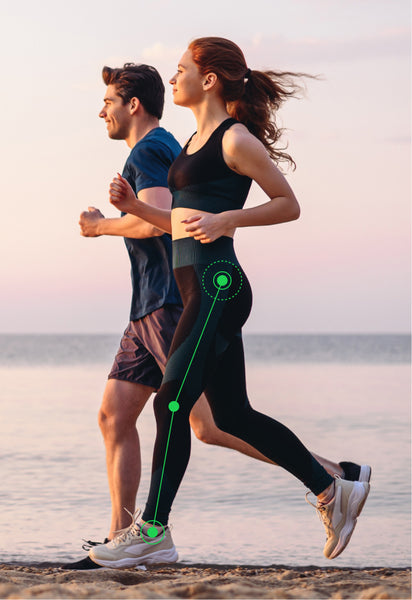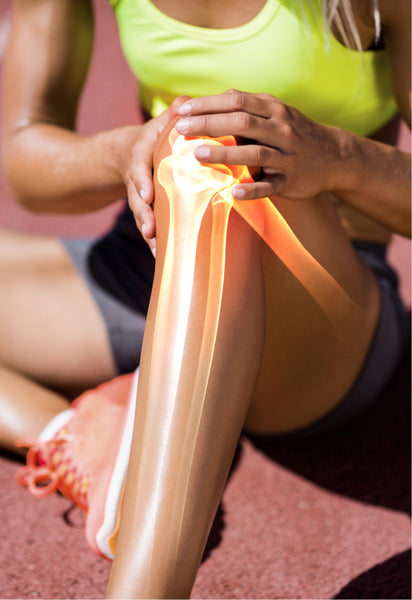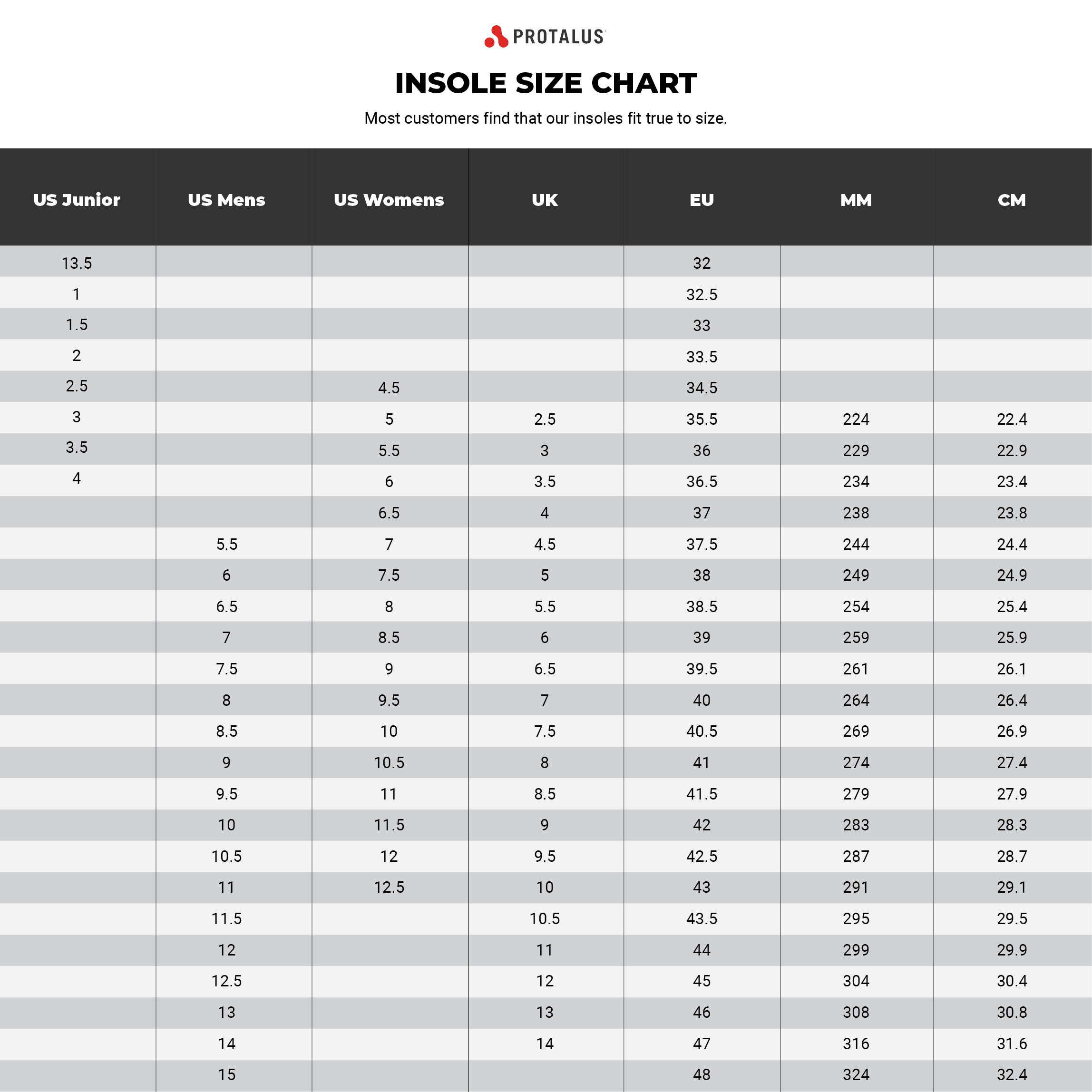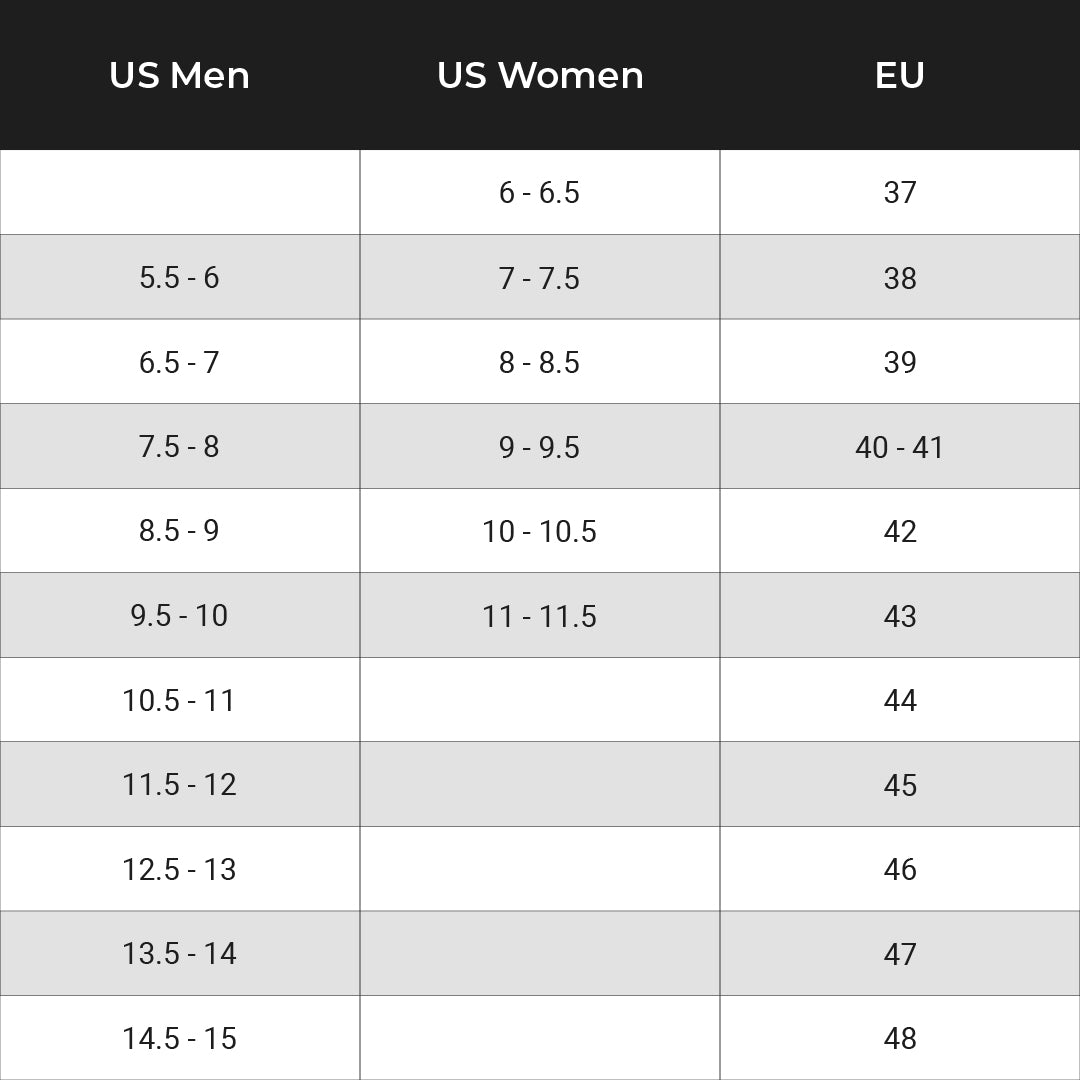Support For Wide Feet
Support for Wide Feet
Having wide feet is more common than you think! Whether you were born with wide feet or if they have broadened as you have aged, it can be a struggle to find that perfect shoe for you.
Wide feet alone are not a cause for concern. However, they can be indicative of other health issues. Those related health issues should be identified and dealt with accordingly. At the same time it is important that you make sure you are wearing the correct footwear to minimize the problems as much as possible.
Causes of wide feet
Feet are all different in shape and size. There are plenty of reasons that people have wide feet, such as genetics. Some individuals are born with them. Also, if you have flat feet, it is more likely that you will also have wider feet. Age can be another key factor that contributes to wide feet. When you get older, your tendons can lengthen, causing musculoskeletal connections to relax. Over time, your feet can become longer and wider. Foot deformities can also impact the wideness of your feet. Those deformities can include bunions, calluses, and hammertoes. Having improper footwear can also lead to wide feet. This sounds like a simple thing, however, up to 72% of people don’t wear shoes that properly fit properly. Some shoe retailers offer specialty options for wide feet which may be worth looking into if you want to get the proper fit for your feet.
Did you know that pregnancy can lead to wide feet? When pregnant, you release the relaxin hormone which can cause ligaments in your feet to become loose. Usually, women in the second and third trimesters tend to develop wider feet. Swelling is another factor in pregnancy that can cause your feet to widen. The swelling could be temporary and will likely go away after the baby is born. Beyond that, certain medications, injuries, and health conditions can also lead to foot swelling and similar issues with shoe fit.

Concerns associated with wide feet
Some people feel discomfort when they have wide feet. This often comes down to wearing shoes that do not properly fit resulting in footwear that is too tight and causes pain. It can also cause lead to foot deformities such as:
• Bunions
• Calluses
• Crossover toe
• Hammertoe
Get measured!
It is important to get your feet measured. The size of your feet can change, so it is essential that you check them regularly. A quick tip would be to measure your feet at the end of the day when they are at their largest. If you are experiencing discomfort from wide feet, it may also be beneficial to invest in shoe insoles for wide feet, such as the Protalus M-100. This can help alleviate some of the support issues that people experience with wide feet, especially if caused by overpronation.
Cramp is a no go!
When trying on a shoe, make sure your toes don’t feel cramped. There should be about ½ inch of space (about the width of your finger) between your longest toe and the end of the shoe. Be sure to examine the shape and depth of the toe box of the shoe. A deep, square toe box is often ideal for wider feet or foot deformities.
In this day and age, there are special options and support for wide feet so do not feel alone. Many people deal with this problem, and it is easily resolved if you take the right approach.
Recommended Posts
Saying Goodbye to Leg and Foot Pain: The Power of Insoles
by Scott Anderson • August 05, 2021Kick leg and foot pain to the curb with the proper shoe insoles! Discover relief now!
How Plantar Fasciitis Sufferers Find Comfort with Insoles
by Scott Anderson • August 05, 2021Say goodbye to leg & foot pain! Insoles like Protalus T-100 offer relief, support & comfort.
Flat Feet: What It Really Means for Your Feet and Body
by Scott Anderson • August 05, 2021Flat feet? Discover the challenges and relief with Protalus insoles! Say goodbye to pain, improve stability, and boost performance. Read more!







